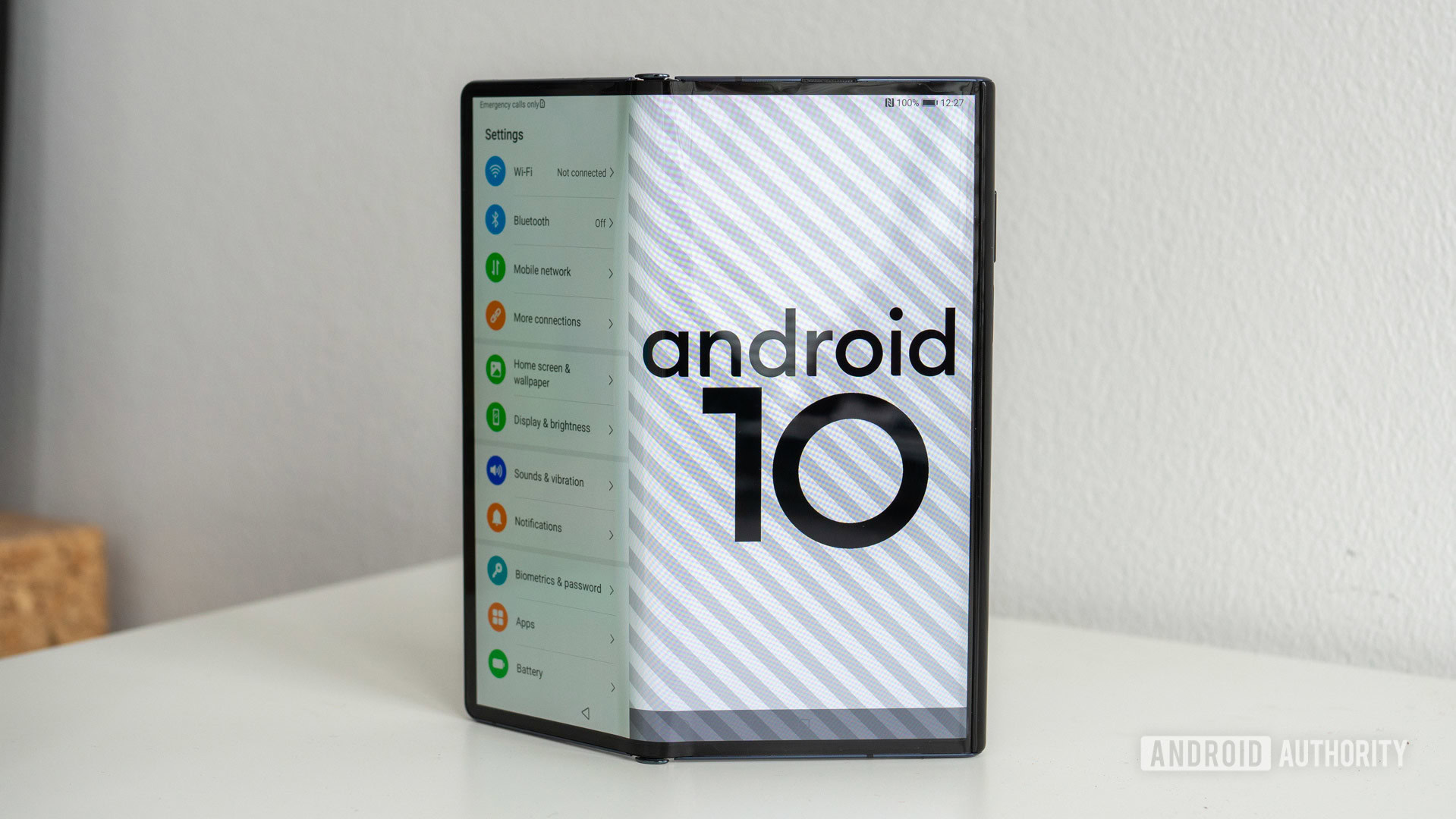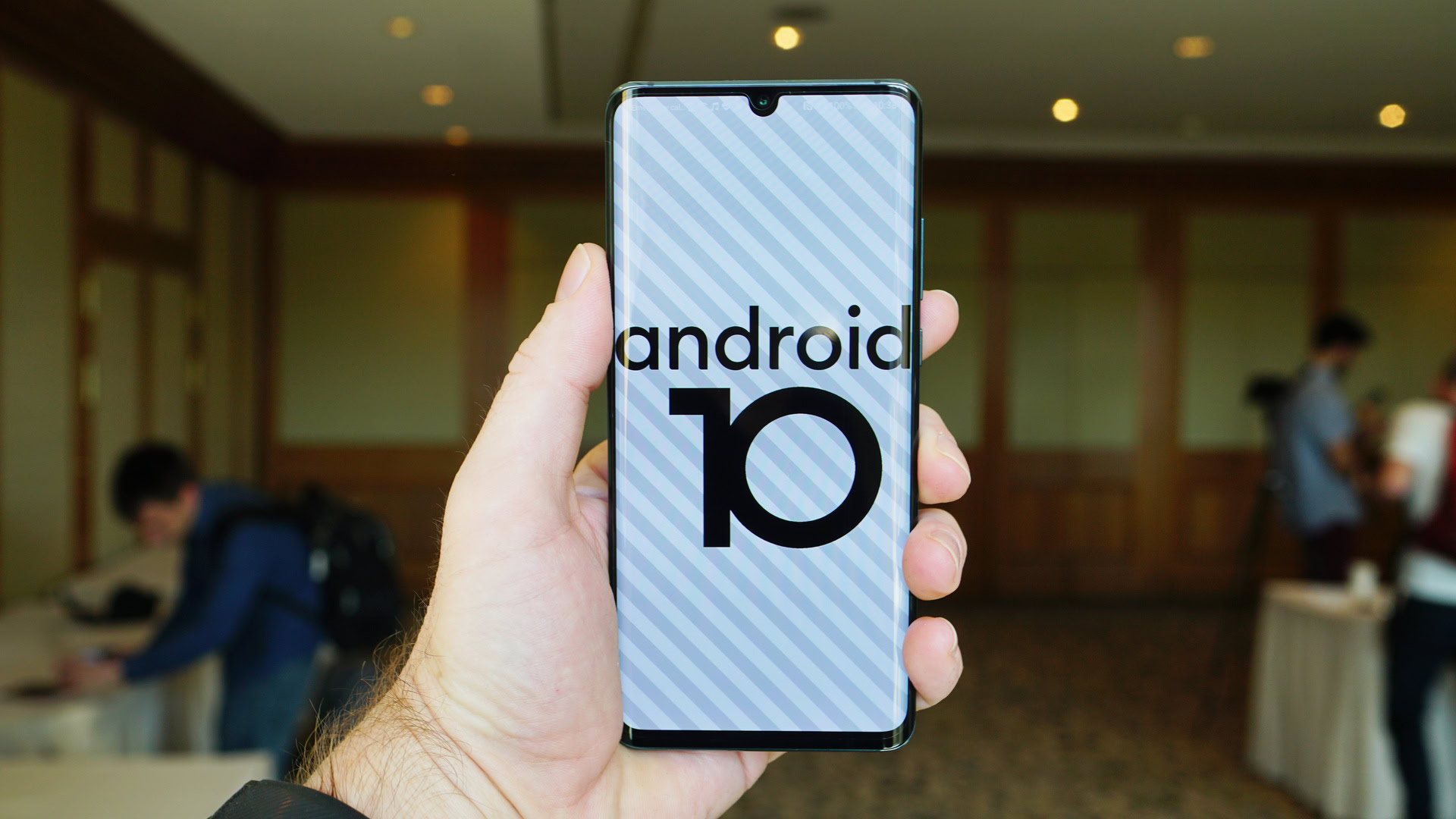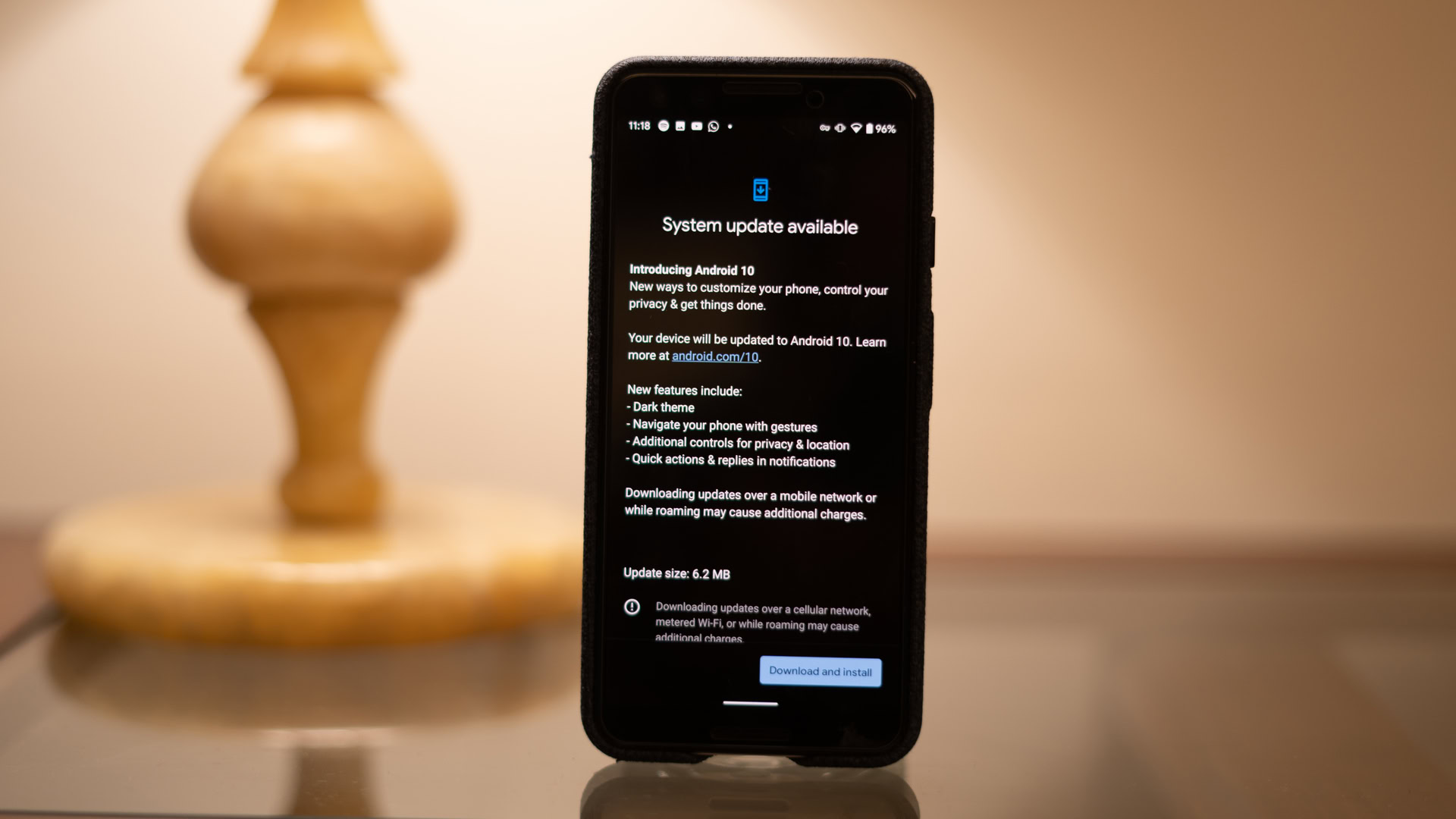Affiliate links on Android Authority may earn us a commission. Learn more.
Android version distribution: Are Google's faster rollout initiatives working?

Android is infamous for its fragmented ecosystem, swathes of active phones run outdated operating systems and are missing crucial security patches. Android OS distribution numbers have been historically woeful, forcing Google to try a few initiatives to bring its latest OS to more devices.
Google’s distribution numbers took a leave of absence last year and are now hidden away in Android Studio. It makes sense that developers need to know how prevalent different Android API levels are, but is Google now ashamed of how fragmented its ecosystem has become? Has the situation gotten worse or are faster rollout initiatives like Project Treble actually working?
Android version distribution recap
The latest Android distribution chart was updated back in April 2020 and there hasn’t been any change in the past month. It appears that Google isn’t updating these numbers regularly. Android 10 adoption still stands at 8.2%, behind Android Pie and Oreo on 31.3% and 21.3%, respectively.
This is all pretty much in-line with recent expectations, baring a point of two of variation. After all, older Android versions have had much more time to put devices on the market, issue updates, etc. Plus older handsets are lingering in the market longer these days, as the upgrade cycles gradually slows from two to three years.

A factor seldom considered in these Android version usage figures it the popularity of new handsets. The Samsung Galaxy S20 series, one of the year’s biggest releases, is reportedly shifting just 60% of the Galaxy S10’s sales. We also shouldn’t forget the situation with HUAWEI and COVID-19‘s impact on broader economic activity. There are probably far fewer Android 10 phone sales this year compared to Pie handsets in the previous year.
Even so, we can get a better picture of how Android 10 and Google’s update initiatives are doing by looking at broader trends.
Related: The history of Android OS: its name, origin and more
How Android 10 compares to previous versions
We’ve been tracking Android version distribution for years now and have collected lots of data on the state of the OS over time. I’ve dug out how the last few Android OS versions performed after 10 months on the market. That’s the length of time that Android 10 has been around for at the time of writing.
This data suggests that Project Treble is having the desired effect. After a steady decline in new OS share after 10 months, Android Pie and Android 10 buck the trend. Shares at the 10-month stage jumped from Oreo’s measly 5.7% back up to around 10% for more recent versions. Albeit we’re still a long way from Lollipop and KitKat rates of adoption. The sheer number of Android devices in the wild today makes it unlikely we’ll ever return to those levels of fast adoption.
Want faster Android updates? Read: Understanding Android’s Project Treble
However, Android 10 hasn’t been taken up quite as quickly as Android 9.0 Pie after 10 months and we’re already well into flagship smartphone season. However, this figure hasn’t changed since April, so it’s likely that Android 10 is really a bit closer to Pie. Even if Android 10 is behind Pie at this stage, it’s not unrelated to any of Google’s efforts.
Android 10 and Pie grew faster than Oreo and Nougat in their first 10 months.
Despite shipping with Android Oreo, Treble didn’t immediately help speed up that version’s adoption. Project Treble wasn’t backward compatible with Nougat, so upgrading handsets remained difficult until more recently. The benefits only kicked in when upgrading handsets that launched with Oreo to Pie. The above graph confirms this was the case, with a much bigger share for Pie and Android 10 after 10 months.
Are Android updates any faster?
While flagship sales are one thing, Android’s longest-running issue that Project Treble aims to overcome is slow updates. By making updates simpler to install, older devices can pump up early distribution numbers and help to solve Android’s ongoing fragmentation issue.
Related: Which manufacturer updates its smartphones fastest: Android 10 rollout edition
We’ve tracked how quickly manufacturers release major OS updates for the major flagships. The results can be found in the Android device distribution chart below. Remember though, older devices often lag notably behind these timeframes by many months.
Google’s efforts haven’t been in vain. Android 10 is by far the fastest OS version to be ported to last-gen flagships. The OnePlus 7 series started receiving Android 10 on September 23, 2019, just 18 days after Google’s official launch date. Even LG, a notorious slow-coach, managed to update the LG G8 globally in 139 days, down from 303 days with Android Pie for the G7. Samsung and HUAWEI are also updating their devices faster and faster over the past four versions of Android too.
Android 10 updates arrived faster than Pie and Oreo for many last-gen flagships.
Overall, this paints a pretty good picture of the Android update process. Android 10 updates have hit major flagships faster than ever before. However, times still vary greatly by manufacturer, while older flagships and mid-tier handset have to wait much longer for their updates. Just a handful of brands, such as Nokia, offer reasonably timely updates for their more affordable smartphones.
So are Google’s faster rollout initiatives working?

The answer is yes and no. Google’s efforts to make Android updates easier have clearly helped. Android 10 and Pie updates arrived faster than Nougat and Oreo, showcasing the benefits of Project Treble. The initiative also reversed the downward trend in new OS market share. Both Pie and Android 10 were adopted in greater numbers than Nougat and Oreo during their first 10 months.
Initiatives like Android Go also ensure that budget smartphones no longer ship with outdated versions and the security flaws that entails. Key updates are also increasingly arriving directly through the Play Store, bypassing the old slow process. Although this still doesn’t help with the most important OS and security updates.
26% of Android phones are still at least five years out of date and much less secure as a result.
Unfortunately, there’s only so much that Google can do. Manufacturers are mostly still committed to just two years of key Android updates. This isn’t ideal when consumers may end up keeping their devices for longer and when second OS upgrades can take many months to appear. Combined with the sheer number of mid-range and older devices that won’t see further updates and Android will always be more fragmented than other operating systems.
Dive deeper: A unified kernel won’t necessarily solve Android fragmentation
In the end, the distribution numbers tell the key story. Around 40% of current smartphones run an operating system that’s no more than two years old, and 61% are running the nearly three-year-old Oreo or newer. That’s probably just about OK. However, 26% of active Android devices are running Android 6.0 Marshmallow or older, making them at least five years out of date. That is a very worrying statistic for the security conscious and one that no-one, not even Google, seems to know how to address.